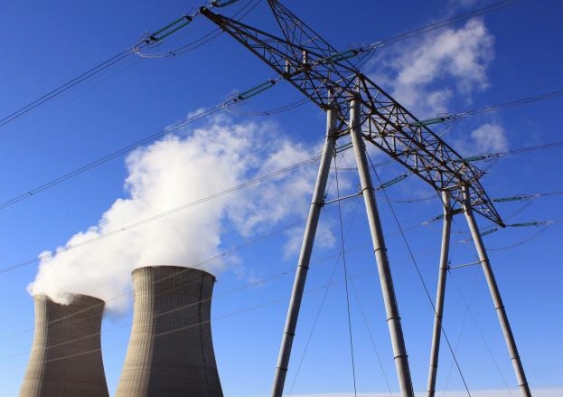Let's debate nuclear power – just don’t call it low-emission
Why bother with emissions-intensive, expensive and dangerous nuclear energy when there is already a better alternative to fossil fuels: the efficient use of renewable energy, argues Mark Diesendorf.


